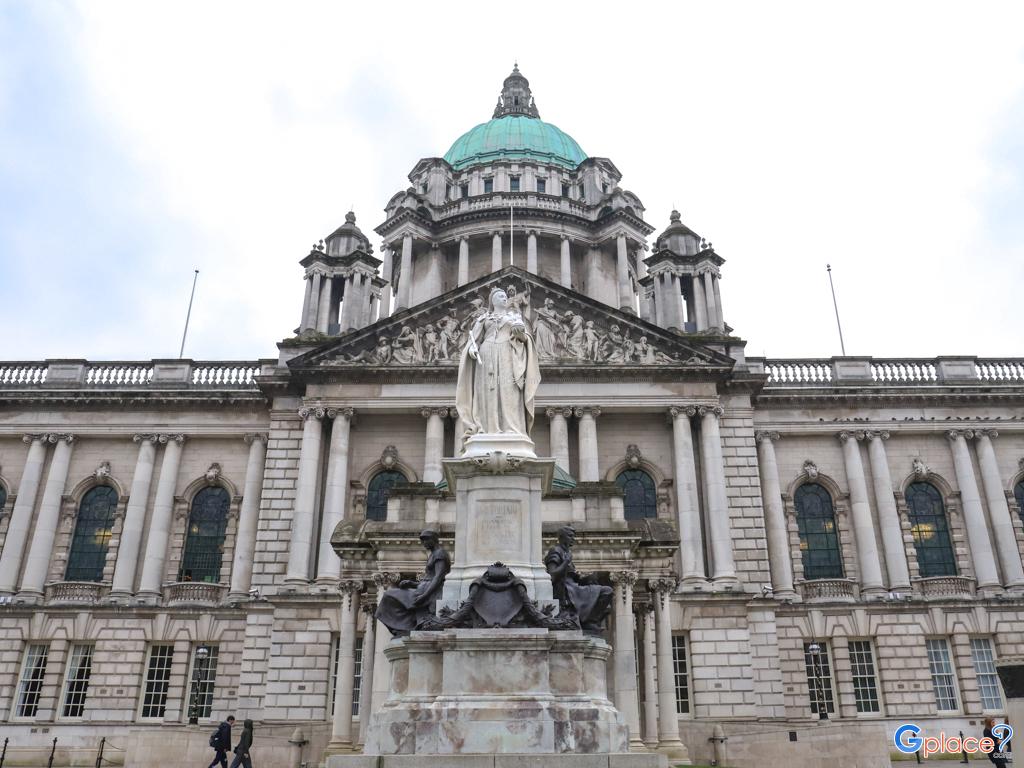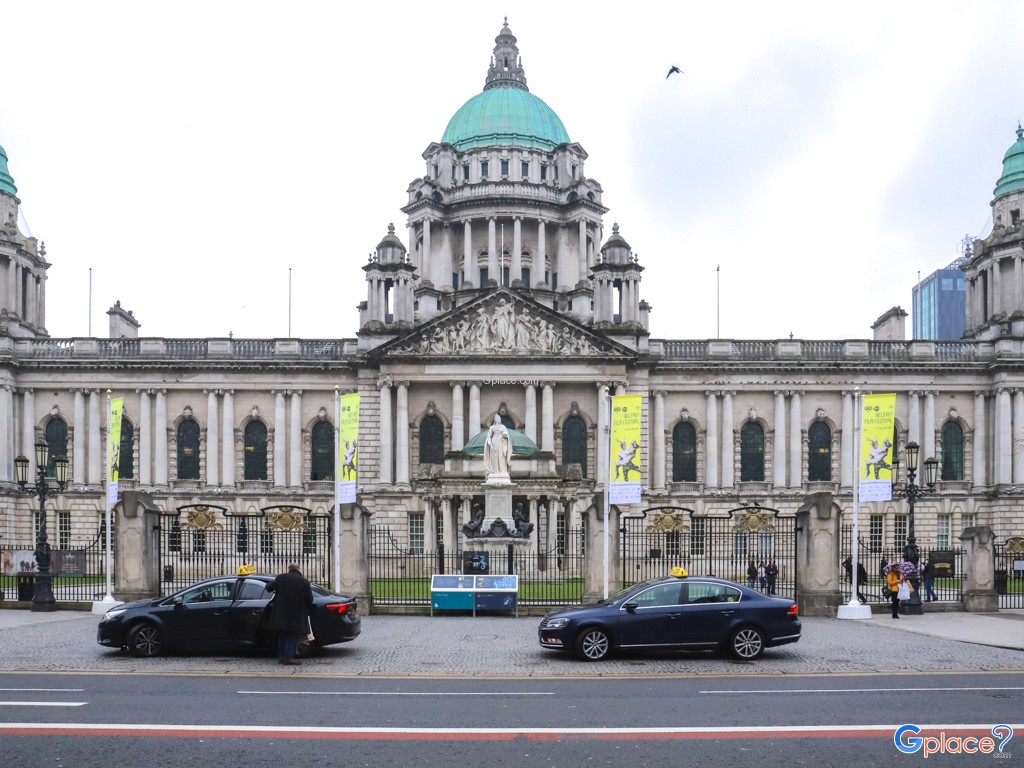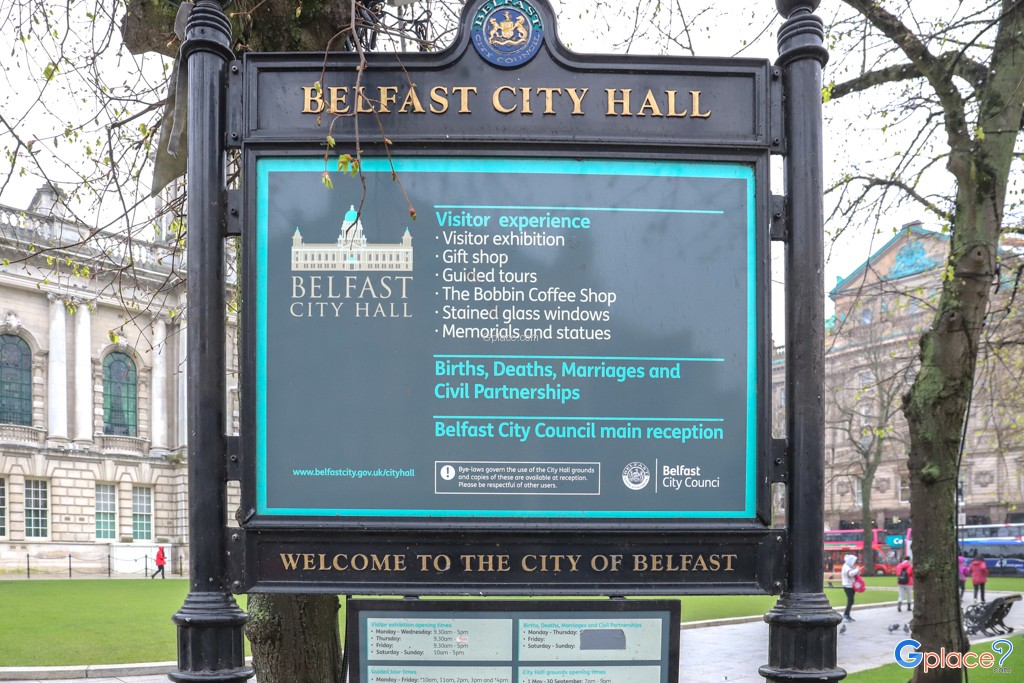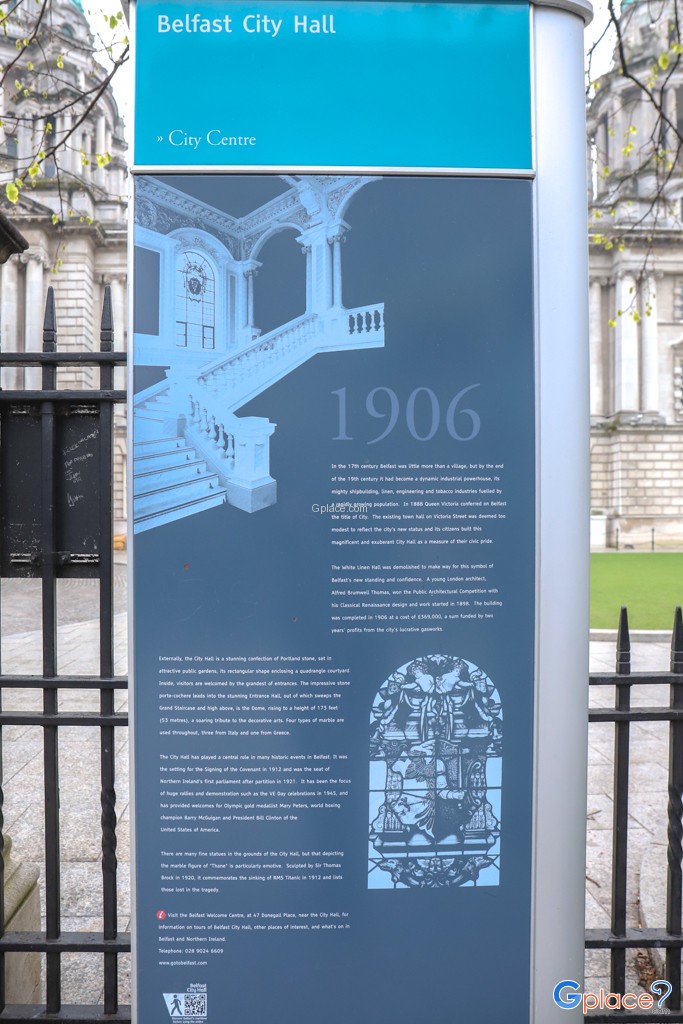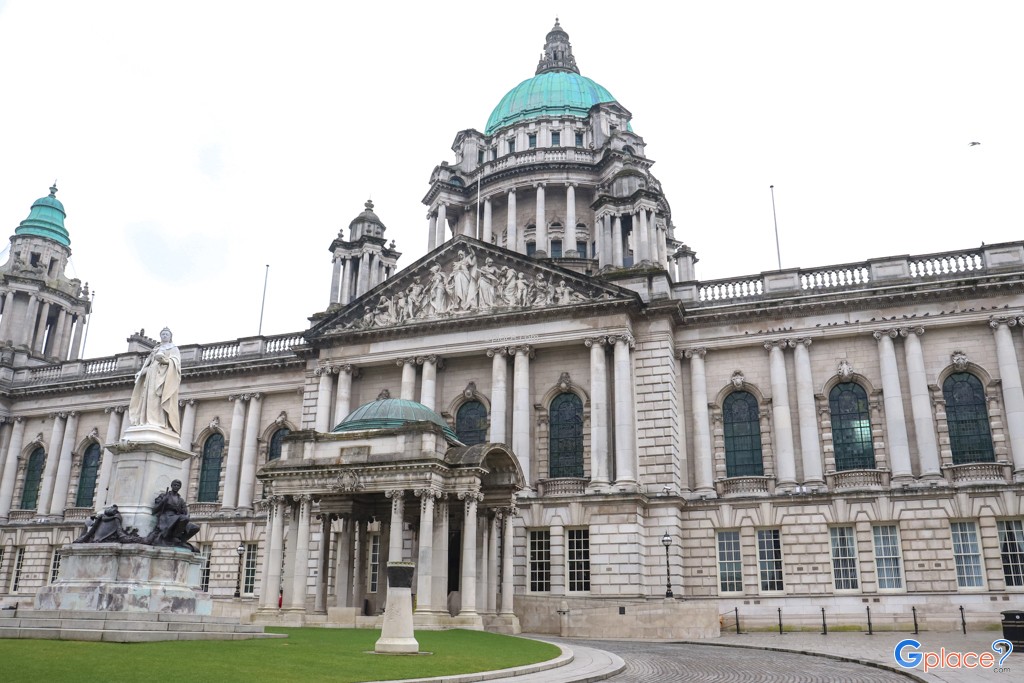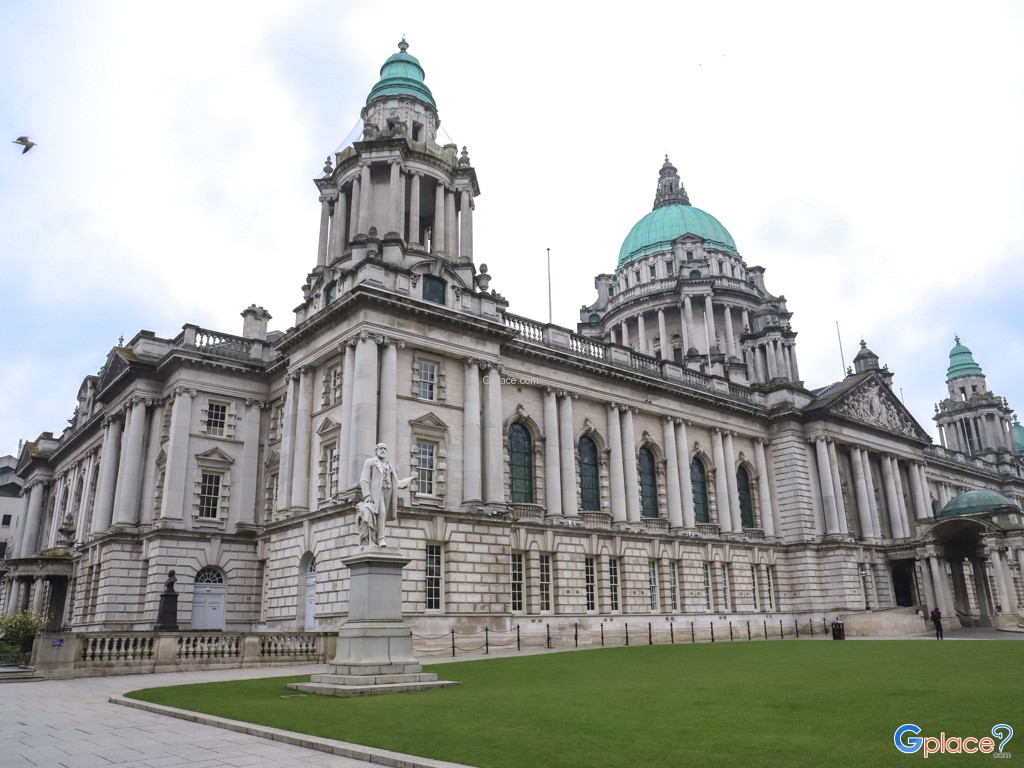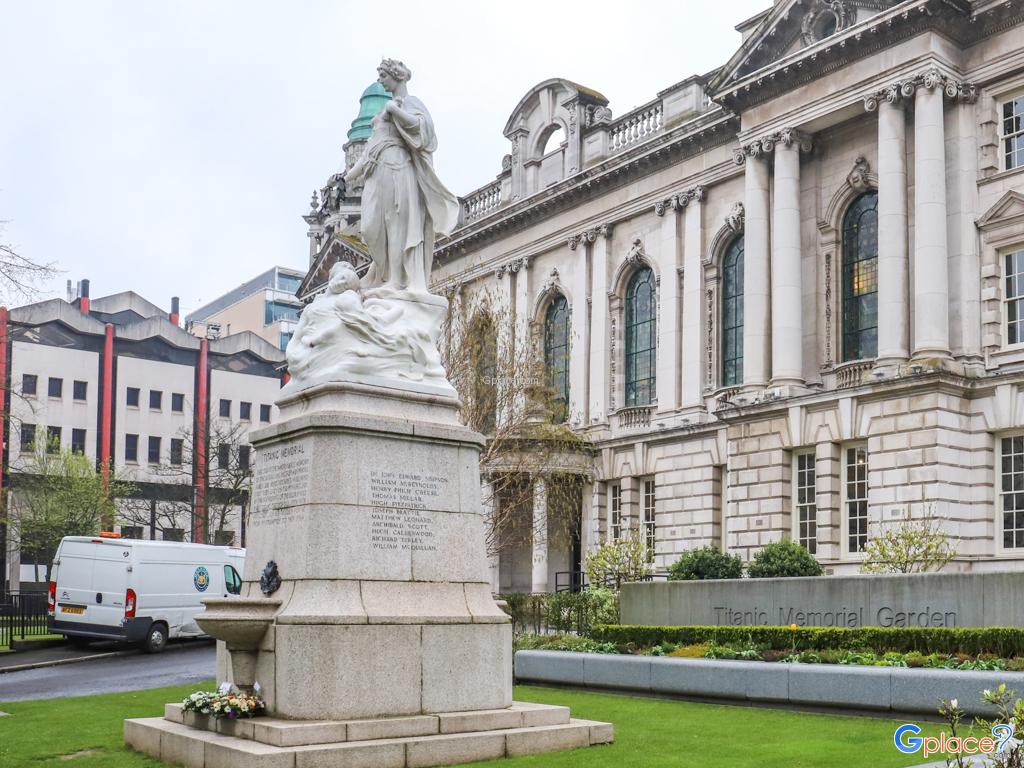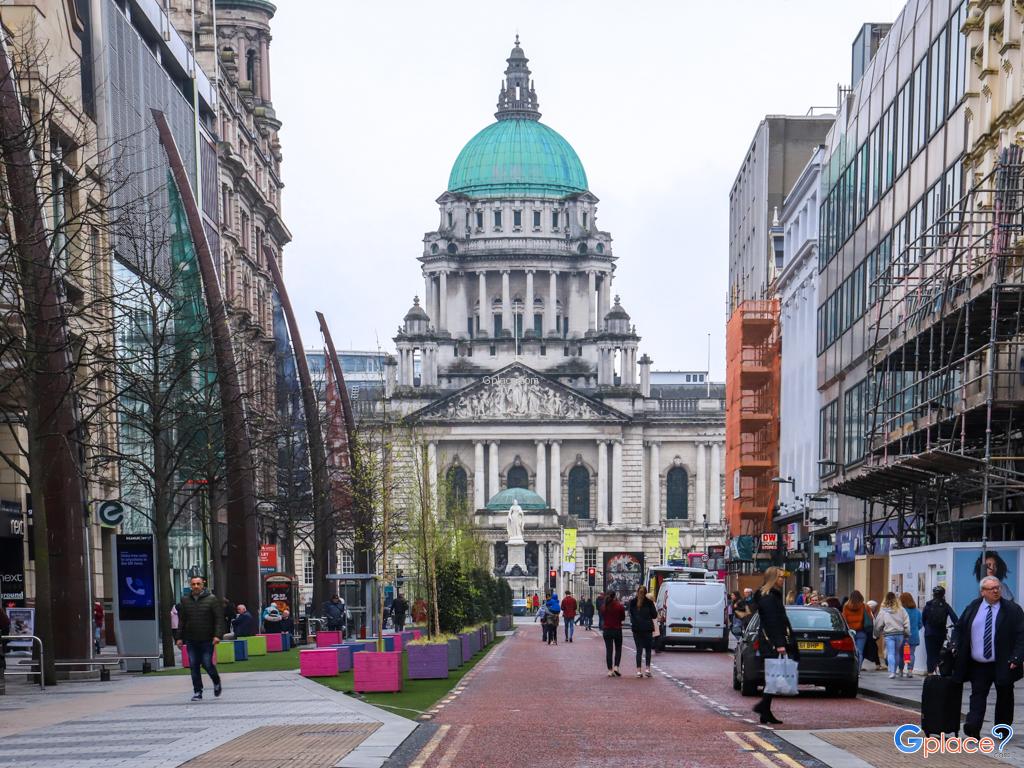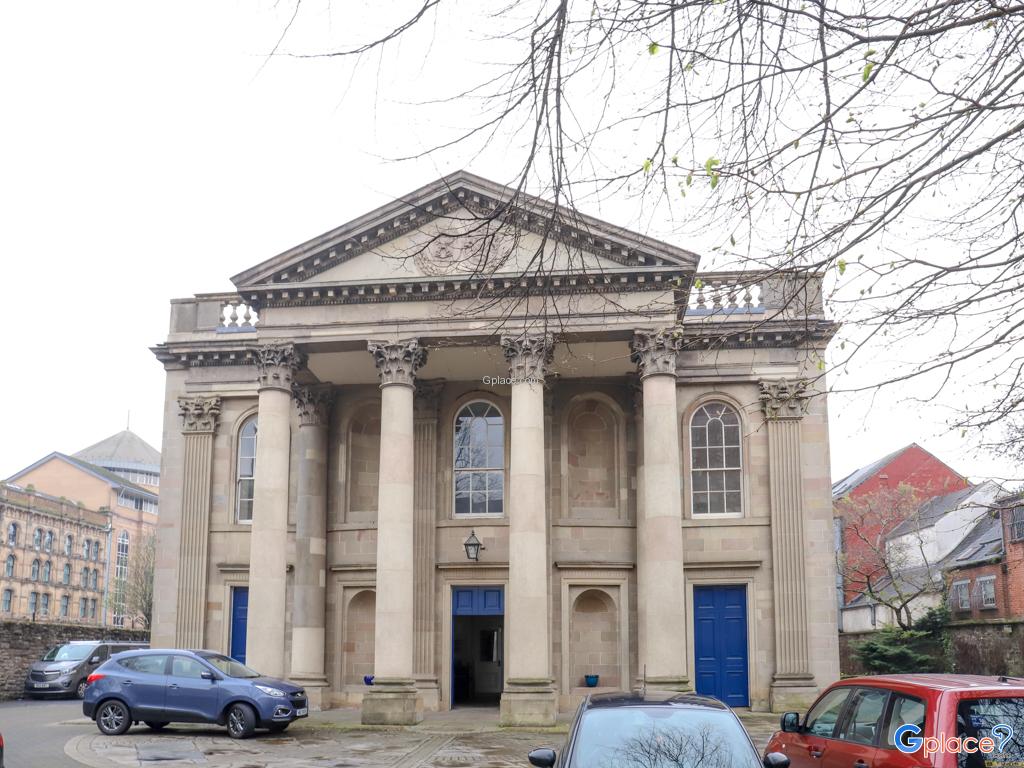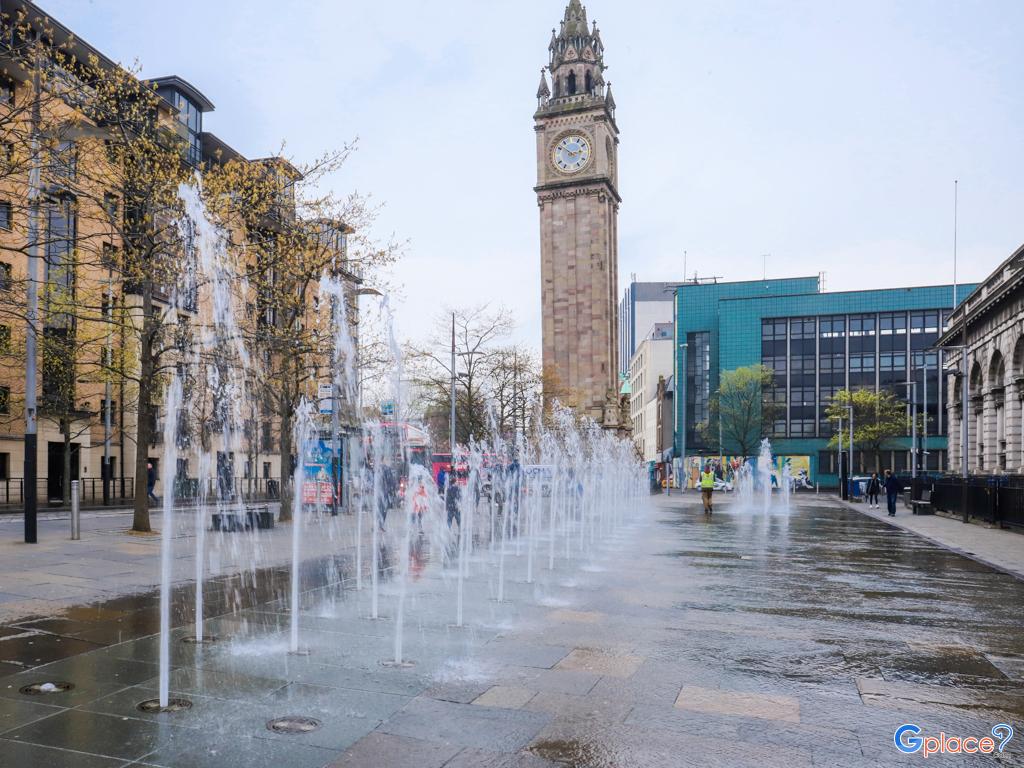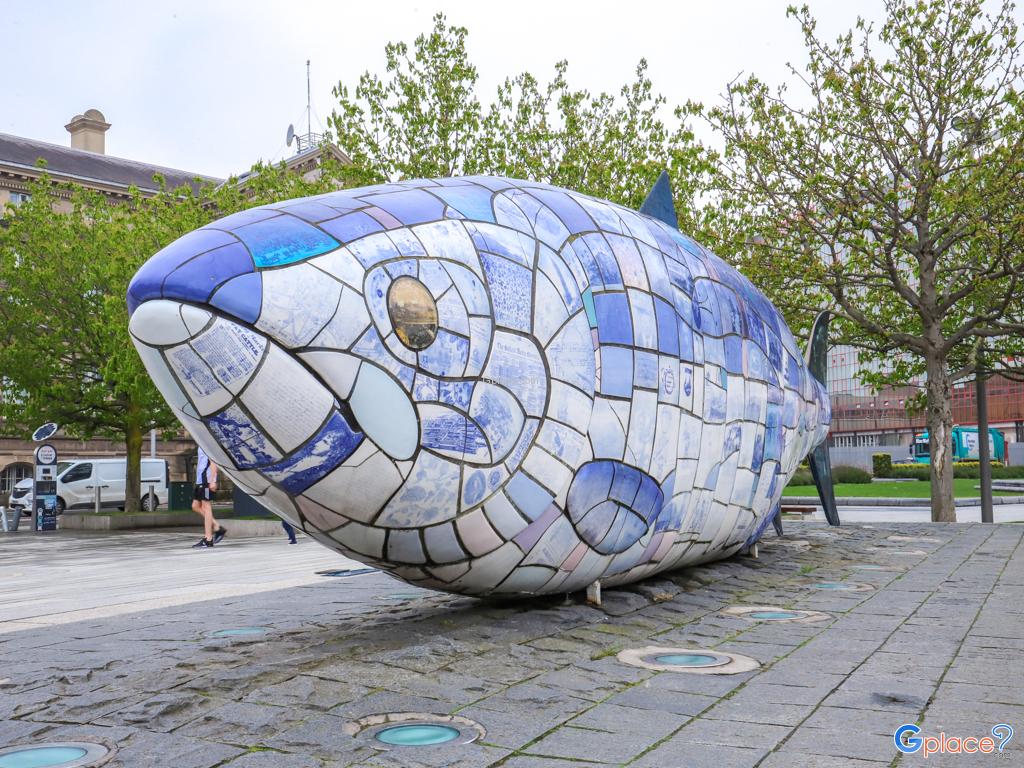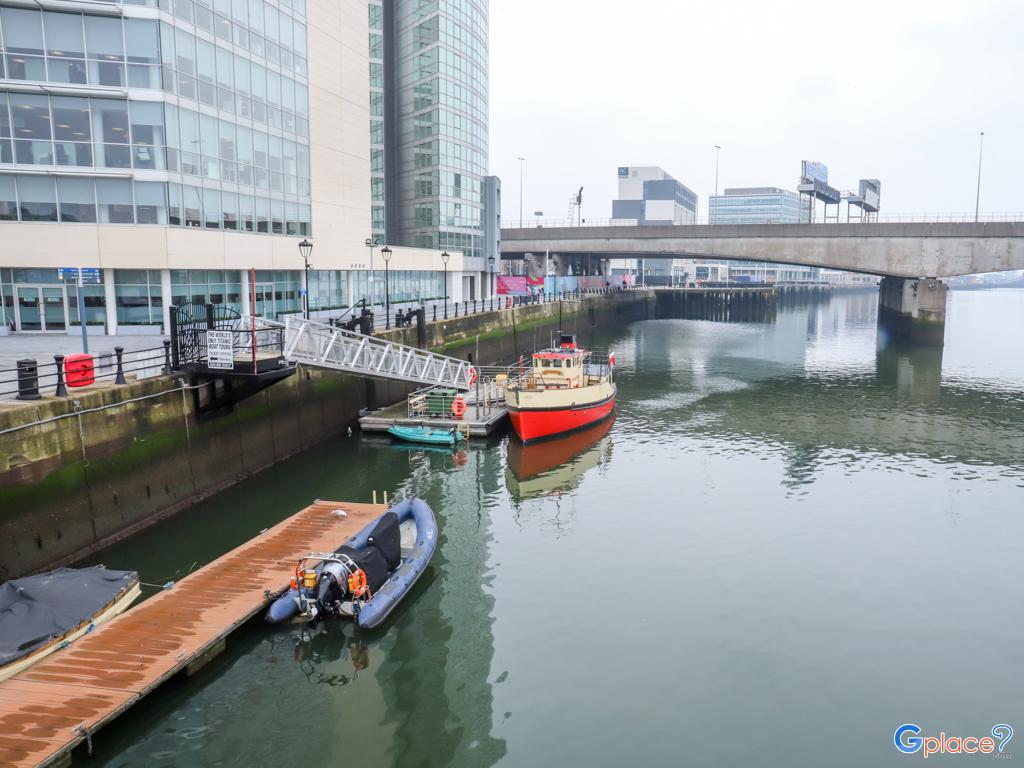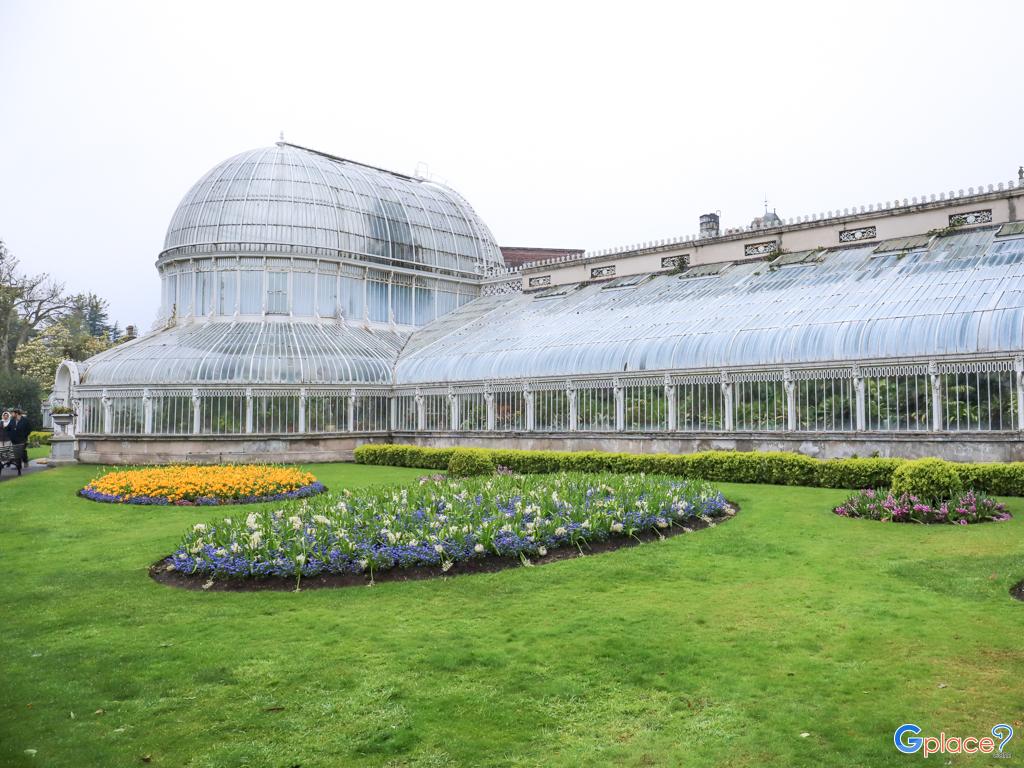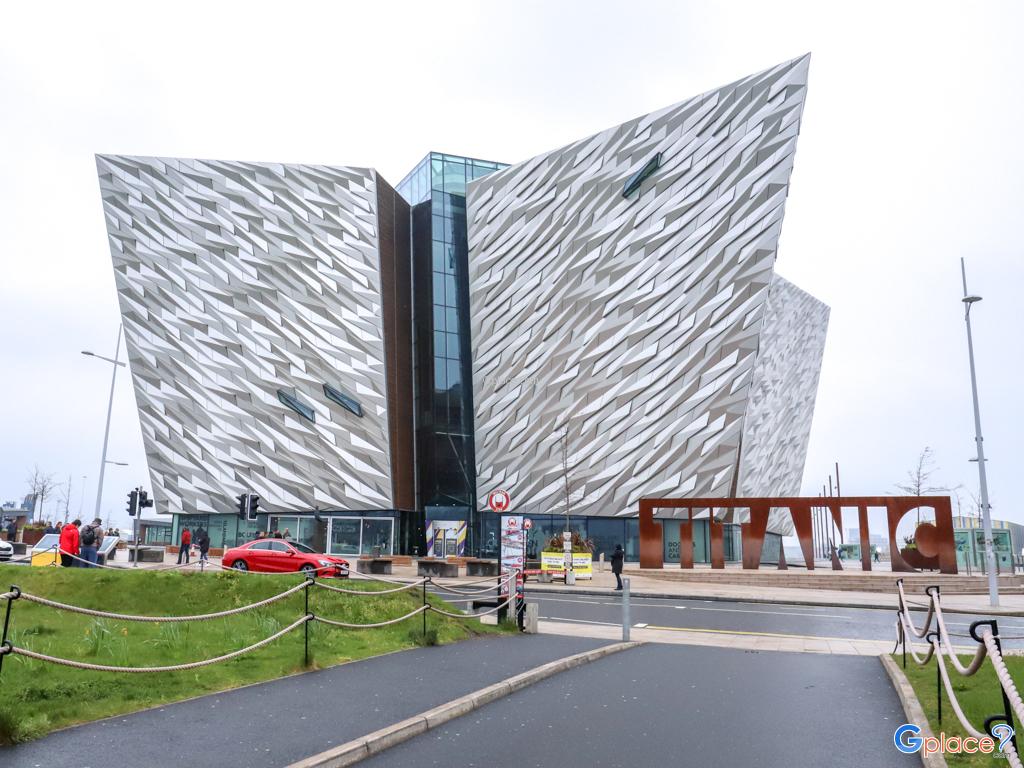“A place of history, events and people. The founding of the town hall during the industrial heyday”
In the 17th century Belfast was little more than a village, but by the end of the 19th century it had become a dynamic industrial powerhouse, its mighty shipbuilding, linen, engineering and tobacco industries fuelled by a rapidly growing population. In 1888 Queen Victoria conferred on Belfast the title of City. The existing town hall on Victoria Street was deemed too modest to reflect the city's new status and its citizens built this magnificent and exuberant City Hall as a measure of their civic pride.
The White Linen Hall was demolished to make way for this symbol of Belfast's new standing and confidence. A young London architect, Alfred Brumwell Thomas, won the Public Architectural Competition with his Classical Renaissance design and work started in 1898. The building was completed in 1906 at a cost of f369,000, a sum funded by two years' profits from the city's lucrative gasworks.
Externally, the City Hall is a stunning confection of Portland stone, set in attractive public gardens, its rectangular shape enclosing a quadrangle courtyard. Inside, visitors are welcomed by the grandest of entrances. The impressive stone porte-cochere leads into the stunning Entrance Hall, out of which sweeps the Grand Staircase and high above, is the Dome, rising to a height_ of 173 feet (53 metres), a soaring tribute to the decorative arts. Four types of marble are used throughout, three from Italy and one from Greece.
The City Hall has played a central role in many historic events in betast. It way the setting for the Signing of the Covenant in 1912 and was the seat of Northern Ireland's first parliament after partition in 1921. It has been the focus of huge rallies and demonstration such as the VE Day celebrations in 1945, and has provided welcomes for Olympic gold medallist Mary Peters, world boxing champion Barry McGuigan and President Bill Clinton of the United States of America.
There are many fine statues in the grounds of the City Hall, but that depicting the marble figure of "Thane" is particularly emotive. Sculpted by Sir Thomas Brock in 1920, it commemorates the sinking of RMS Titanic in 1912 and lists those lost in the tragedy.
Visit the Belfast Welcome Centre, at 47 Donegall Place, near the City Hall, for information on tours of Belfast City Hall, other places of interest, and what's on in Belfast and Northern Ireland.
Visitor experience
Visitor exhibition
- Gift shop
- Guided tours
- The Bobbin Coffee Shop
- Stained glass windows
- Memorials and statues
Births, Deaths, Marriages and Civil Partnerships
Belfast City Council main reception




